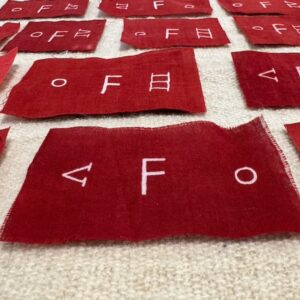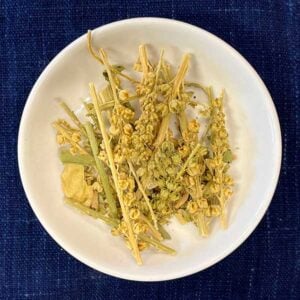For World Water Day, 12 Ways to Natural Dye & Protect Land & Water
For World Water Day on March 22, 2024, we wanted to shine a light on 12 ways to natural dye and protect our water. As natural dyers, we have so many ways we can tackle these issues from collecting and reusing water creatively to simply stopping using hazardous pesticides as we grow our beautiful dye plants.This year’s theme of World Water Day 2024 is ‘Water for Peace.’ From the World Water Day 2024 site: “When we cooperate on water, we create a positive ripple effect – fostering harmony, generating prosperity and building resilience to shared challenges. We must act upon … Read more







